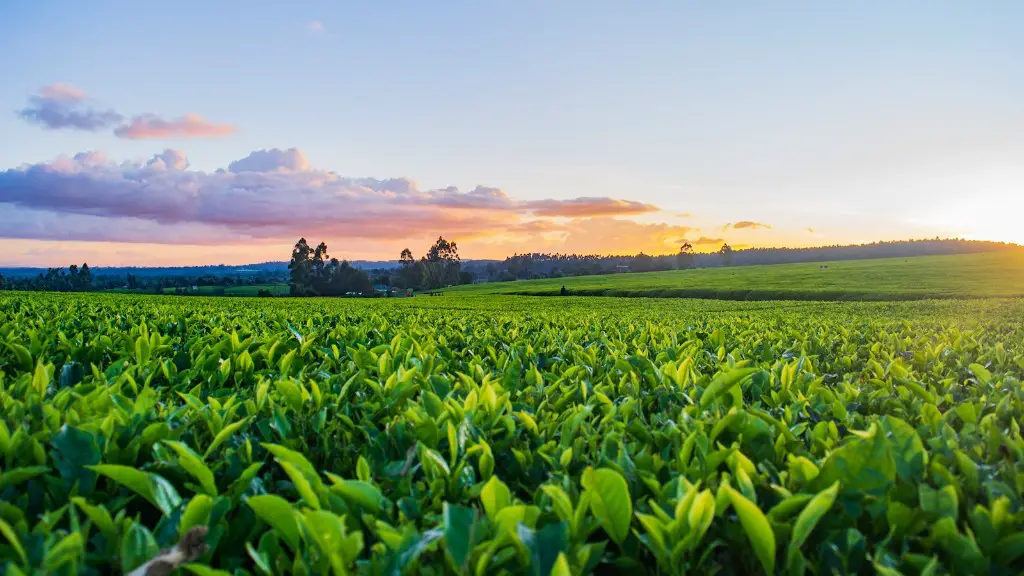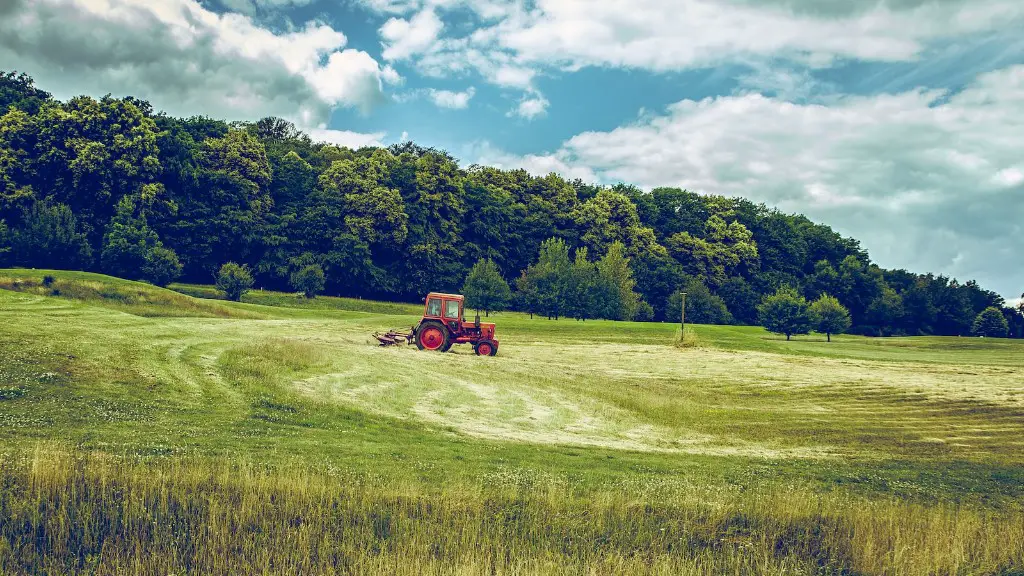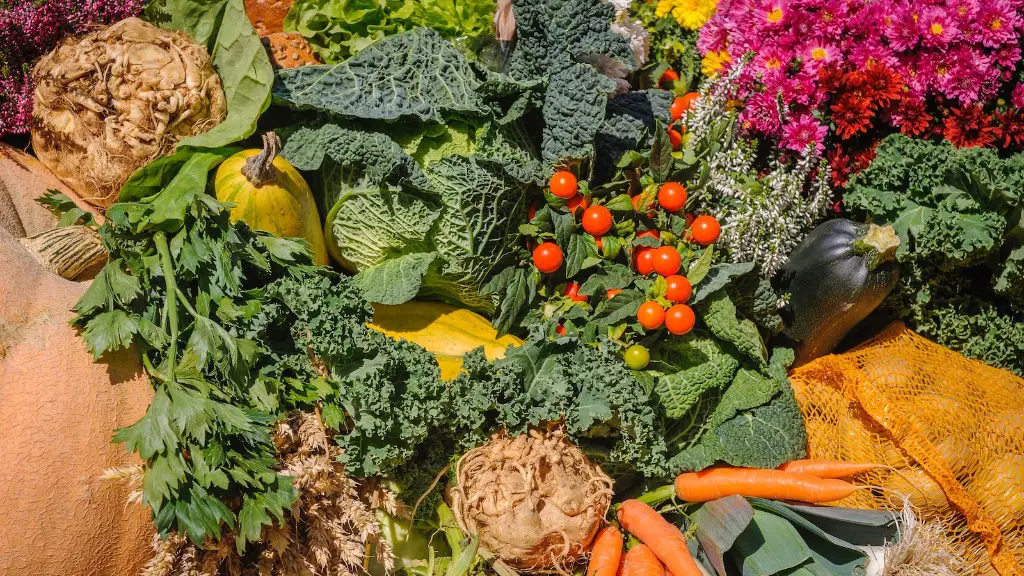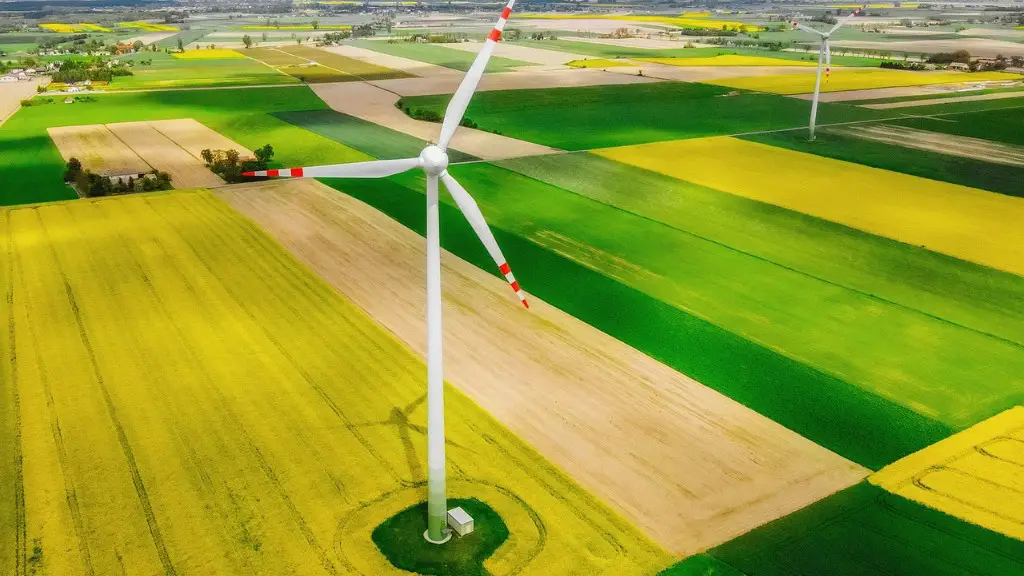It is no secret that drones are becoming increasingly popular in the world of agriculture. A drone is an unmanned aerial vehicle (UAV) that can be deployed to take photos and videos of crops, detect pests and diseases, and allow farmers to monitor their land remotely. In addition to these benefits, drones can be used to automate tasks like irrigating fields, spraying pesticides, and fertilizing plants, making life easier and more efficient for farmers. In this article, we will discuss the various ways that drones are being utilized in modern agriculture, and why they are such a valuable resource.
To start, drones offer farmers an efficient way to monitor large areas of land quickly. By using monitoring devices, cameras, and computer vision, farmers can collect data on their crops and detect problems before they become too severe. This information can then be used to analyze crop health and make informed decisions about when to water or fertilize. This can be especially useful in large-scale commercial farming operations, where conditions change rapidly and it is difficult to stay on top of every issue.
Drones are also being used to automate common agricultural tasks, such as seeding, fertilizing, and spraying. With a few simple commands, a drone can be deployed to autonomously spread seed, fertilizers, or pesticides over large areas of land, potentially saving farmers time and money in the long run. Drones can also be used to monitor livestock, identify potential predators, and even herd animals in certain directions.
In addition to the practical applications, drones offer farmers an exciting way to experience their land in a new way. By utilizing drones with high-resolution cameras, farmers can capture breathtaking images of their farms, creating a digital landscape of their land that can be used for marketing materials or to inspire future plans. This exciting new technology also offers other creative ways to insightfully portray the beauty of nature’s bounty.
Overall, drones offer a wide range of use cases in modern agriculture, from assisting with farming tasks to helping farmers better understand and monitor their land. With the ever-evolving technology and the introduction of advanced autonomous solutions, the use of drones in agriculture is set to become even more widespread in the years to come.
Applications of Drone in Agriculture
One of the most immediate and impactful applications of drones in agriculture is in crop monitoring. By utilizing sensors, cameras, and infrared technology, drones can quickly assess the health of crops and detect signs of pests, disease, or environmental factors like soil erosion or imbalanced nutrients. This data can then be used to analyze the condition of the crops and take steps to improve the productivity. Additionally, drones can be used to monitor livestock, as well as detect predators and bushfires.
The use of drones in precision farming is another important application, as it allows for more targeted interventions in the growing process. By using mapping technology, farmers can locate areas that need fertilizing, spraying, or other treatments and use drones to administer them quickly and efficiently. This research-based approach is often much more effective than traditional farming methods, as it allows for interventions to be tailored to the specific needs of individual farms.
Autonomous drone technology is also becoming increasingly sophisticated and is beginning to be used in other agricultural tasks such as planting, harvesting, and spraying. By aiding in these labor-intensive processes, drones can free up time for farmers to spend on more profitable activities and reduce the need for manual labor. They also offer a more precise and data-driven approach to farming tasks, further increasing efficiency and helping to minimize environmental impact.
Finally, drones are being used to create detailed aerial maps of farms and agricultural land. This allows farmers to have a better understanding of their land, as well as to identify areas for improvement. These precise and up-to-date maps can provide invaluable information about land use and can be used for a variety of purposes ranging from crop analysis to marketing.
The Benefits of Using Drones in Agriculture
There are a number of benefits associated with the use of drones in agriculture, including improved efficiency, cost savings, and environmental friendliness. By automating certain processes and collecting data, drones can help farmers identify and address issues with speed and accuracy, potentially reducing time and labor costs.
Drones can also be used to monitor the environment, helping farmers to detect and prevent damage to their crops from pests, climate conditions, and other external factors. By providing a birds eye view of their land with detailed imagery, drones can help farmers analyze the condition of their land and ensure that their crops are being grown in the best possible conditions.
Additionally, drones can be used to enhance customer experiences with visual tours of farmland and detailed analysis of crops. This enables farmers to share the story behind their produce with their customers and create a unique marketing opportunity for their farming business.
Lastly, drones are becoming increasingly efficient and cost-effective, making them a viable option even for small farmers. With the right setup, these unmanned aerial vehicles can become an invaluable resource in their farming operations, helping to streamline processes, increase yield, and reduce environmental impact.
Conclusion
Overall, drones have already proven to be invaluable tools in the world of agriculture. As the technology continues to evolve, it is likely that they will become even more useful in the years to come. From crop monitoring to automated farming tasks, drones are poised to revolutionize the industry, providing a reliable and cost-effective solution for farmers of all sizes.



